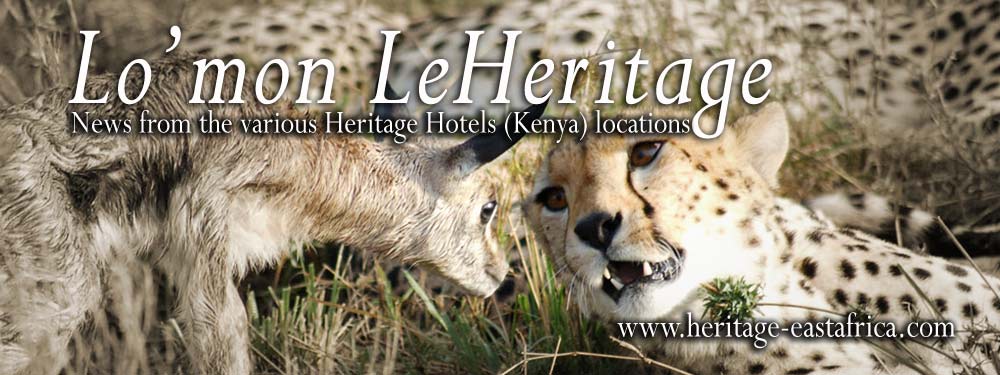
November 17th 2004
Finally the longest wildebeest migration in living memory appears to be over, with only a few ‘stragglers’ still remaining on the plains of the Maasai Mara.
However, there are still thousands of wildebeest to be seen in the Mara, courtesy of the herds from Loita, which traditionally remain here until later in the year. These herds should stay in the Mara until late December or early January (as long as the long rains do not arrive early and make the plains too wet), when they will head for their calving grounds on the Loita Plains.
Following the short rains of recent weeks, most of the plains that were recently burnt are now teeming with young shoots of grass and native ‘tissue-paper’ flowers. This adds to the beauty of the plains, with large herds of smaller herbivores roaming freely with little fear of predators, which no longer have much cover to hide in.
Over the past week, the last of the Serengeti herds have been crossing west into the Mara Conservancy at Paradise crossing point, from where they head straight south towards the Serengeti. The Loita herds, meanwhile, are congregating around Bila Shaka, Rhino Ridge, the areas north of Mara Intrepids and Explorer camps, and just over the reserve’s northern boundary.
The Mara’s Big Cats are still active and can be seen with ease in their respective territories.





















